![]()
Content description
Choose appropriate units of measurement for length, area, volume, capacity and mass (ACMMG108)
Calculate the perimeter and area of rectangles using familiar metric units (ACMMG109)
Source: Australian Curriculum, Assessment and Reporting Authority (ACARA)
What is perimeter?
The word 'perimeter' comes from two Greek words; peri, meaning 'around', and metron, meaning 'measure'. So perimeter means the measure or distance around something. It is the length around the edge.
The perimeter of a straight-sided two-dimensional shape is the sum of the lengths of its sides.
| So we can calculate the perimeter of this shape: | 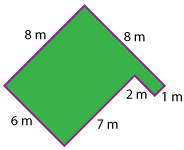 Detailed description |
|
| Perimeter | = 8 m + 8 m + 1 m + 2 m + 7 m + 6 m = 32 m |
|
| We can calculate the perimeter of this square: | 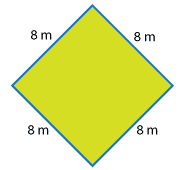 |
|
| P | = 8 m + 8 m + 8 m + 8 m = 32 m |
|
| We can calculate the perimeter of this rectangle: | 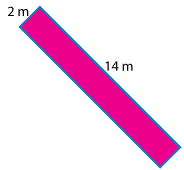 |
|
| P | = 2 m + 14 m + 2 m + 14 m = 32 m |
|
| We can calculate the perimeter of this octagon: | 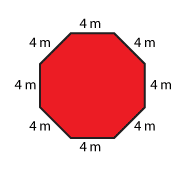 |
|
| P | = 4 m + 4 m + 4 m + 4 m + 4 m + 4 m + 4 m + 4 m = 32 m |
|
| We can calculate the perimeter of this triangle: | 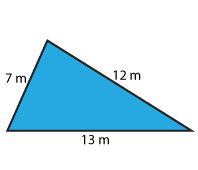 |
|
| P | = 7 m + 12 m + 13 m = 32 m |
|
You might have noticed that the different shapes have the same perimeter.




